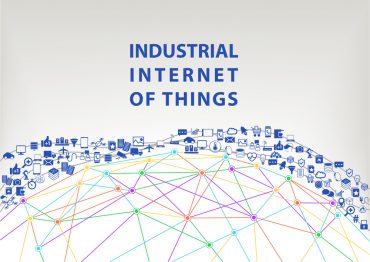
It’s quite easy for RPA projects to derail, and sometimes fail. Here are some common reasons why.
The robotic process automation (RPA) market just heated up a notch with the relatively recent announcement by Microsoft that it added RPA capabilities to its Flow and rebranded it to Power Automate. Power Automate includes API integration connectors that will make it easy to deploy digital workers to automate tasks within the Microsoft ecosystem. Microsoft will soon learn what other RPA vendors have discovered over the past few years – it’s quite easy for RPA projects to derail, and sometimes fail.
See also: DARPA Program Mixes AI With Ground Units
There are a few reasons that can cause RPA not to perform as planned.
Digital workers are finicky. They’re designed for highly repeatable, structured data. However, according to research firm Cognilytica, 90 percent of enterprise content is unstructured. This shortcoming leaves out a lot of critical business documents, for example, invoices, customer and patient onboarding forms, credit applications, bills of lading, and claims forms.
RPA is not artificial intelligence (AI). There has been a lot of hype about AI technologies, and while RPA is often lumped under the AI umbrella, it lacks any intelligence. It can be considered a catalyst for intelligent automation but is highly dependent on digitized content. Whether its digitizing paper, or transforming emails, faxes, EDI, and PDFs, digital workers need to have cognitive skills to access content from these documents.
Business processes are not accurately defined. One of the big challenges with RPA initiatives is not always having a complete picture of the process and knowing if it is the right process to automate. Knowing where to start with RPA as well as the benefits and risks to expect before, during, and after implementation are all elements that need consideration.
These challenges have caused 30 to 50 percent of RPA projects to fail, wasted millions of dollars, and, even worse, stalled growth opportunities for enterprises. Solving these challenges has resulted in a new breed of AI-enabling technologies to emerge that has dramatically shifted the approach to deploying digital workers within business processes and by whom. Here are a few tips to make sure you keep digital workers performing optimally.
Infuse digital workers with content intelligence. IDC defines content IQ as a set of technologies and services that leverage AI to carry out tasks such as reading and categorizing a document, routing a document, extracting and validating data from documents, and other cognitive-related tasks for understanding and processing unstructured content and enable quicker, more accurate decision making. Content IQ technologies include OCR, computer vision, machine learning, natural language processing, and content analytics. In a recent survey by IDC, organizations that deployed content IQ solutions experienced a 40 percent increase in employee productivity or increased customer satisfaction and were able to redirect resources to higher-value tasks.
Gain better understanding of your processes before you deploy RPA. The main objective of RPA is to automate processes. However, that means users need to understand them. This is not always the case. Processes tend to be rather complex, which means it is difficult to gain a detailed explanation of what is really going on. Process intelligence leverages process mining, analysis tools, and real-time monitoring and prediction capabilities using AI to help business users have 100 percent process transparency.
You’ll see the “as-is” state and have the ability to drill down into the granular details of processes. Process Intelligence can explain where best to deploy digital workers, the expected savings, identify and explain why processes are broken, and how to fix them by giving the data you already have a ‘full body scan.’ This scan presents you with unbiased analytics to solve problems you didn’t even know you had and will eliminate the guessing game of where to use RPA and how effective it will be.
Empower citizen developers. IDC estimates a growing number of employees will find themselves working side by side with a digital coworker as technology automates many work activities. This future of work means that the deployment and monitoring of RPA and AI technologies will continue to shift from IT, to Centers of Excellence, and on to the business user, also referred to as the citizen developer, who will need to acquire more digital skills to perform their duties. Fortunately, content IQ skills are becoming easier to add human-like cognitive skills to intelligent automation platforms. Similar to how RPA is deployed, content IQ skills are available via integration REST APIs, from many popular RPA vendors’ marketplaces or through value-added resellers (VARs) and integrated solution vendors (ISVs).
While it took a while for Microsoft to enter the RPA market, history has shown that it cannot be underestimated in how quickly it can gain market leadership. Its new RPA features certainly complement the existing API integrations connectors available, and its large ecosystem will quickly learn the importance of incorporating content IQ skills and process intelligence for comprehensive digital intelligence.




























